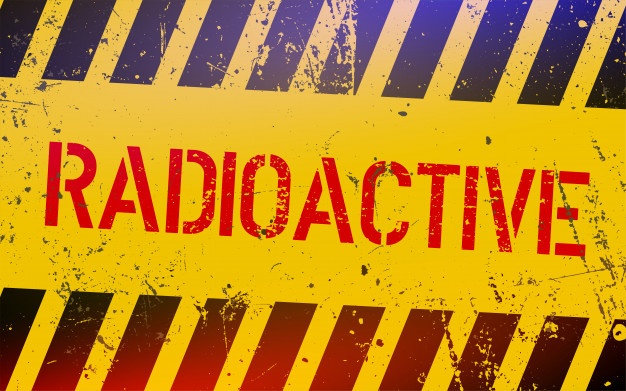In 2033, Uzbekistan plans to put into operation a nuclear power plant, which they want to build on the shallow and salty lake Tuzkan. The CAN EECCA has already published an article by Natalia Malysheva on this topic.
However, the proximity of the future nuclear power plant to the borders of Kazakhstan and the Shardara reservoir, from where the whole city drinks water, worries the public and environmentalists of Southern Kazakhstan, especially residents of the Turkestan region and the city of Shymkent. In July 2022, the head of the nuclear energy and nuclear technology department of the UZATOM Agency, Kasym Tohtahunov, officially announced that air cooling technology would be used at the nuclear power plant under construction.
He said that this was not a novelty for Uzbekistan, since, according to him, for the first time, air-cooled or “dry” technology was used in Uzbekistan at the Navoi TPP. The need to use this technology is due to the fact that, according to forecasts, in the next 30-50 years, a shortage of water resources may begin in the republic. And a nuclear power plant, like any other thermal power plant, requires a lot of water to cool the steam turbines.
“We can say that today the acute issue of water resources deficit, which is expected in the republic, has been resolved. Rosatom (the project for the construction of a nuclear power plant in the Jizzakh region belongs to this particular Russian company) has extensive experience in such projects and it was only necessary to adapt this technology to local climatic conditions,” Kasym Tohtahunov said.
Human factor
As Andrey Ojarovsky said at the next round table meeting on nuclear energy, there have been cases when reactors were damaged during transportation or installation. There was even a case when, when installing a nuclear reactor, workers simply dropped it. There were dents on the upholstery.
“During the construction of the Leningrad nuclear power plant, a serious violation was made – a blockage of metal structures – about 1200 tons, which should have been a protective shell. The containment of Russian nuclear power plants is not very strong. This happened on July 17, 2011 at the first power unit of the second Leningrad NPP. Such is the quality of construction. Viktor Oleinikov, who worked at the construction of this nuclear power plant as a welder of hydraulic pipelines of the primary circuit, later told how they were forced to falsify documents, what were the violations in the primary circuit. By the way, violations with heat transfer just occur in the primary circuit. In Belarus, a form with a reactor was dropped from a height of four meters. They brought a new one to replace it and hit it against a railroad pole.
New fuel assemblies were tested at the Kalinin nuclear power plant. There, when unloading these assemblies, burrs formed. The nuclear fuel itself was not damaged. The problem is that zirconium burrs end up on the bottom of the reactor vessel, which is cooled with water. The pumps are not designed for the fact that there will be metal in the water stream, even such tiny pieces as small as a fingernail. The circulation pump, which provides heat removal, may fail. And this can lead to an explosion, ”the expert said.
How to be?
Under such conditions for the installation and assembly of nuclear reactors, the situation may be further aggravated by the fact that during the construction of nuclear power plants they intend to use untested technologies for cooling nuclear reactors. That is why the public and residents of the Turkestan region and Shymkent are worried about their future, about the state of the environment after the commissioning of a nuclear power plant in the Jizzakh region of Uzbekistan.
Now a working group has been created in Shymkent, which intends to raise the issue of environmental safety at a higher level: governmental and international. Together with Uzbek environmentalists, Kazakh public organizations intend to prepare documents and letters to departmental institutions of Uzbekistan, as well as international environmental organizations, with a request to provide information on the construction of a nuclear power plant, how safe the proposed cooling methods are, and so on.
Natalia Malysheva, journalist, Kazakhstan
